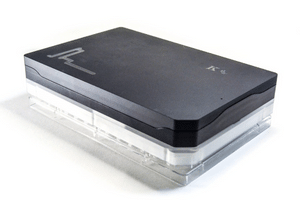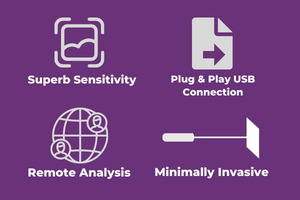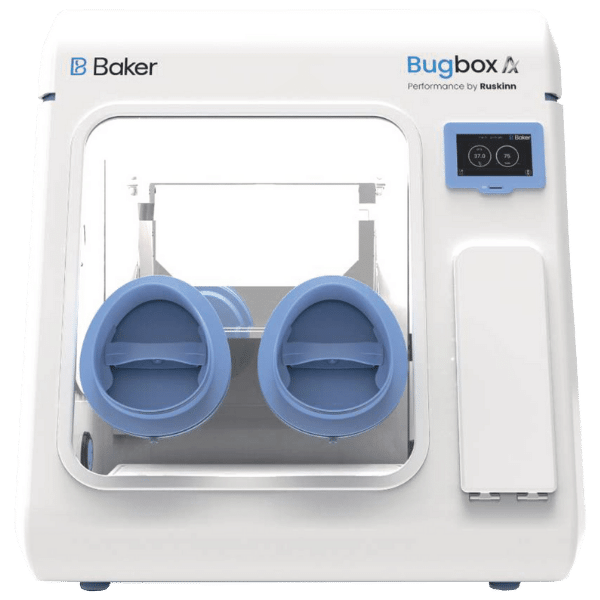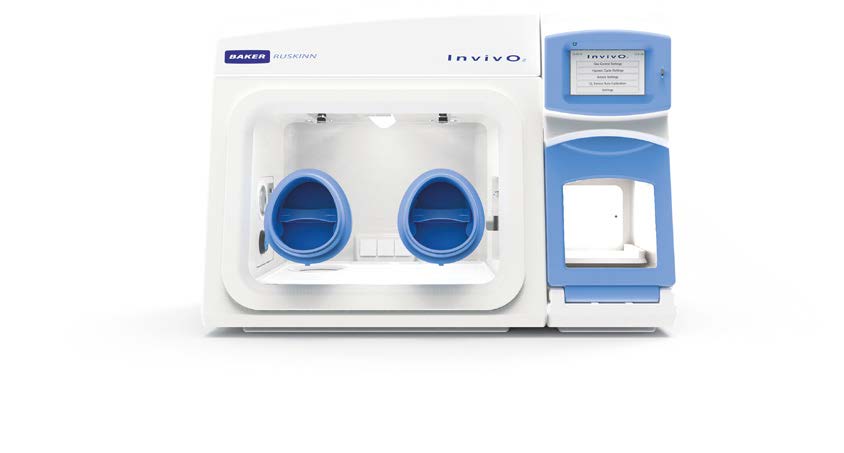Resipher
Measure Extra-Cellular Oxygen Flux in Standard Multi-Well Plates
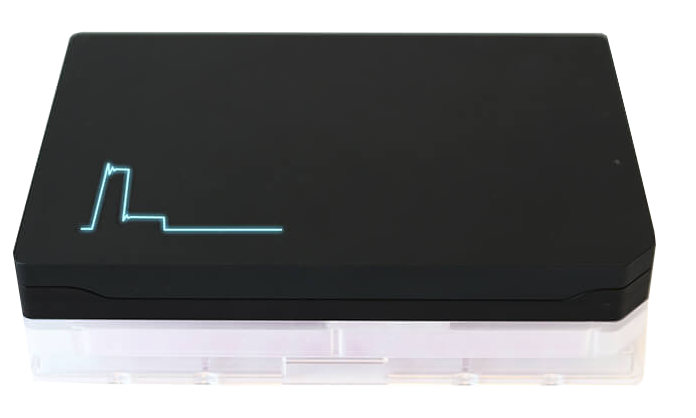
System Overview
The Resipher turns a multi-well plate into a dynamic oxygen consumption reader. Based on a unique, patented technology, RESIPHER multi well plate analyzers offer unmatched performance in a compact package with low-power, plug-and-play USB connectivity. RESIPHER’s web-based, real-time logging and analysis software provides fast and easy data visualization and is extendable for customized real-time analysis
The RESIPHER series of cell culture monitors are the world’s first hand-held devices to measure extra-cellular oxygen flux in standard multi-well plates. They provide continuous, non-invasive oxygen consumption rate (OCR) measurements for days to weeks from inside any incubator/workstation that fits your cell culture plates. Data is streamed from the RESIPHER over a USB cable to a storage and control hub outside the incubator/workstation where it can be accessed via the web allowing users to monitor and analyze their data from anywhere.
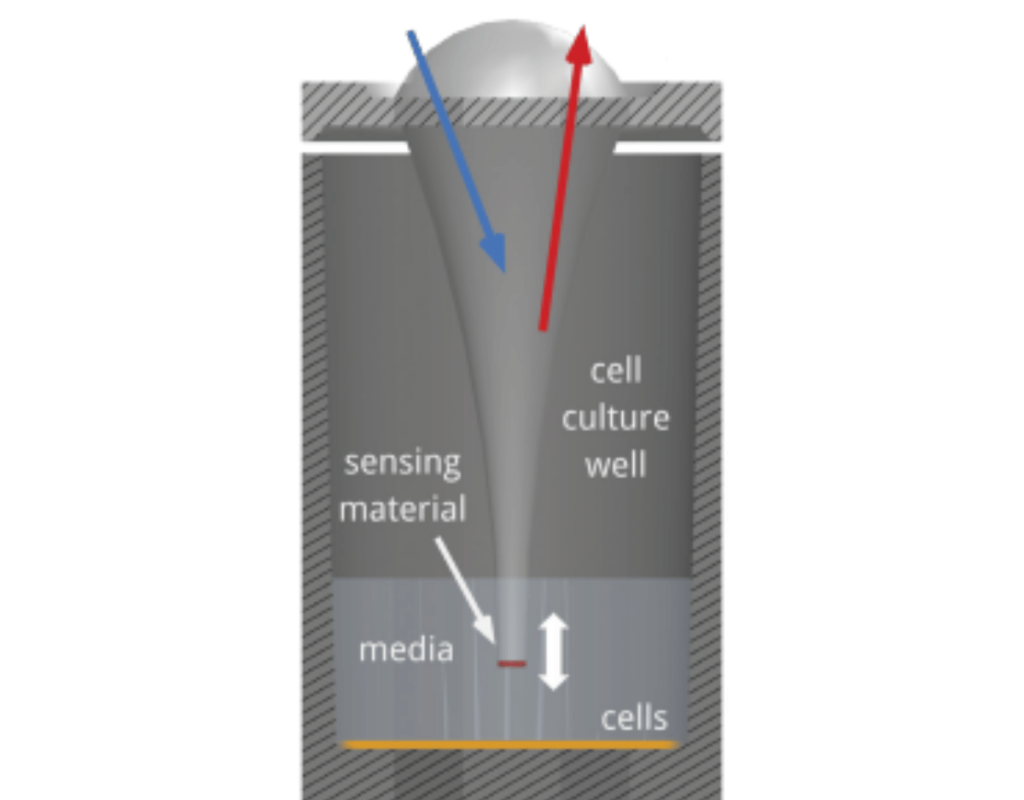
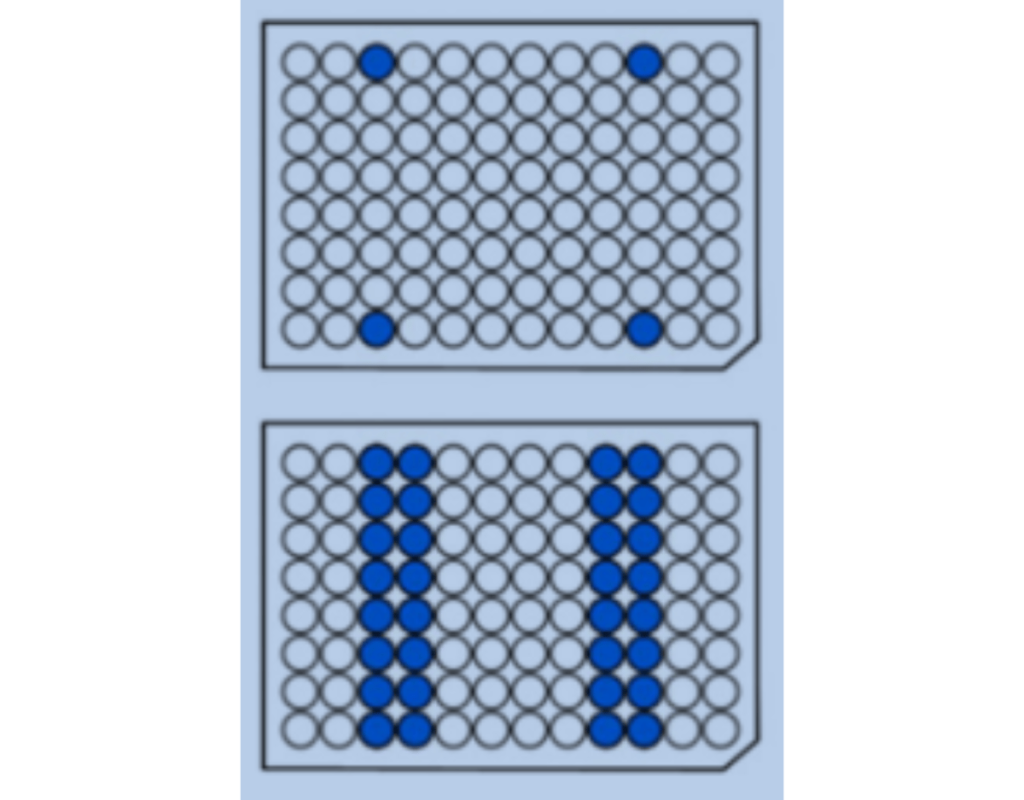
Hand-Held Transducer
RESIPHER devices utilize proprietary high-resolution optical oxygen sensors to characterize oxygen consumption and the oxygen environment in cell culture. The RESIPHER is a handheld device that rests on top of a plate in the incubator or workstation. The device interfaces a sterile/disposable lid with probes that extend into the media directly above the cells. Probes are small enough (500µm diameter) that the system is totally non-invasive to the cell culture. An oxygen concentration gradient forms in the media as a direct result of cellular oxygen consumption. The readout is attained by continually scanning the probes vertically above the cells in order to measure the gradient, then using sophisticated signal processing algorithms to convert concentration readings to cellular oxygen consumption.
Up to 32 Wells
The RESIPHER is available in versions instrumenting 4 and 32 wells. The disposable lids are compatible with most standard 96-well plates including Nunc, Greiner, Falcon, and Costar. Lids arrive sterilized and calibrated — simply place them on top of your plates and begin your experiment. Lids are rated for continuous readings throughout experiments lasting up to 4 weeks.
Features & Benefits
Superb sensitivity
Users can monitor oxygen concentration from as few as 625 cells
Minimally invasive
Probes are small enough (500µm diameter) that the system is totally non-invasive to the cell culture.
Improved compatibility
The disposable lids are compatible with most standard 96-well plates including Nunc, Greiner, Falcon, and Costar.
Remote analysis
With the web-based streaming platform, you can monitor and analyze your data anywhere from a desktop, tablet or phone.
Plug and play USB connection
The implementation process is simple and does not require specialized skills. Lids arrive sterilized and calibrated – simply place them on the top of your plates and begin your experiment.
Multi-parameter monitoring
The primary readout is oxygen consumption, but users also have access to a characterization of oxygen concentration, incubator temperature, relative humidity, and several other environmental factors.
Applications
Cancer biology
Brain injury
Wound healing
Angiogenesis
Ophthalmology
Vital organ
Stroke
Dissolved oxygen monitoring in cell culture, bioreactor, etc.
Muscle tissue monitoring
Publications & Articles
Article: Anaerobic Jars vs BugBox Ax Anaerobic Workstation: Which is the Best Option?
System Used:BugBox Ax Workstation View the BugBox Ax Workstation Here In this article,
Application Note: Physoxic Cell Culture – Yes or No?
Physoxic Cell Culture - Yes or No? Download PDF Here Oxygen is a
Increasing Cell Adherence with a Hypoxia Workstation
Increasing Cell Adherence with a Hypoxia Workstation System Used:SCI-tive Download PDF Here Abstract
